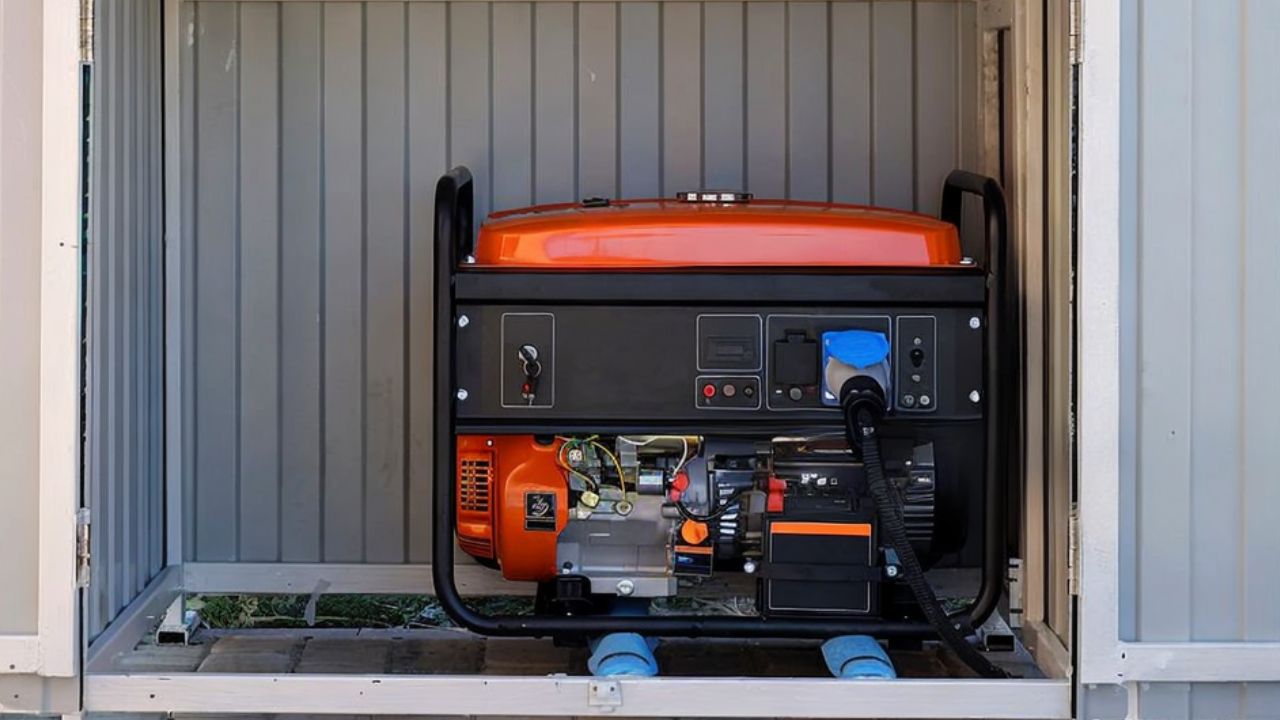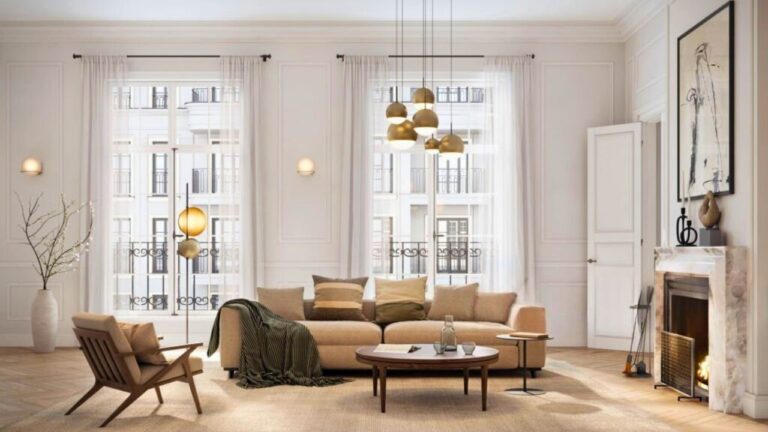Mark Zuckerberg built a crazy underground bunker — and now everyone wants one
Mark Zuckerberg’s Hawaiian property has made headlines before, but the most surprising part of it isn’t the mansions, the private ranch, or the 1,400 acres he bought—it’s what’s hidden underneath.
Reports show his Kauaʻi compound includes a 5,000-square-foot underground shelter connected by tunnels between two main buildings. Local permits and insider reports describe it as a reinforced structure with blast-style doors, mechanical rooms, and storage.
Zuckerberg calls it a “little shelter, like a basement,” but the scale tells a different story. It’s large enough to function as a self-contained safe zone, and it’s sparked plenty of conversation about how the ultra-wealthy are preparing for more than just bad weather.
Built for storms—or something bigger

Kauaʻi isn’t exactly the easiest place to build. Between hurricanes, heavy rain, and supply shortages, it makes sense that any permanent structure would double as a storm-ready shelter. But this isn’t your average basement. According to construction filings, the complex includes multiple buildings connected underground, which means the “storage” explanation might be doing a lot of heavy lifting.
That’s what makes this story so interesting. It’s practical, sure, but it also speaks to how people with unlimited resources think differently about security and self-sufficiency. When your home is built to outlast anything, you’re not just building for comfort—you’re building for control.
The growing interest in underground living
Once the details of Zuckerberg’s compound surfaced, it didn’t take long for luxury developers to start talking about underground design. High-end homeowners are now asking for hidden rooms, safe spaces, and tunnel-connected structures—not because they’re prepping for the end of the world, but because the idea of privacy and protection sells.
There’s a certain appeal in having a space that can weather anything—literally. Even in regular homes, you’re starting to see more people finish their basements, add reinforced safe rooms, or install backup systems that make their property more resilient. Zuckerberg’s project just put that conversation in the spotlight.
What the rest of us can take from it

You don’t need a billionaire’s budget to apply the same mindset. Having a home that can handle power outages, natural disasters, or long-term disruptions makes sense for anyone. That could mean a generator, a water storage setup, or simply a part of your home that’s insulated and sealed well enough to protect against storms.
Start small—think practicality over paranoia. Having a few key systems in place can make a major difference when something goes wrong. Resilience doesn’t have to mean bunkers and blast doors. It can mean knowing your home will keep running when the power grid doesn’t.
A shift in how people see “prepared”
What Zuckerberg’s build really shows is how preparedness has gone mainstream. The word “bunker” used to sound extreme, but now it’s becoming another line item in modern design—something that’s equal parts functional and forward-thinking. It’s not about living underground. It’s about being ready for whatever’s next.
That mindset is what people are responding to. As the world gets more unpredictable, the idea of a home that’s safe, self-sustaining, and ready for anything feels less like a luxury and more like common sense.
Like Fix It Homestead’s content? Be sure to follow us.
- I made Joanna Gaines’s Friendsgiving casserole and here is what I would keep
- Pump Shotguns That Jam the Moment You Actually Need Them
- The First 5 Things Guests Notice About Your Living Room at Christmas
- What Caliber Works Best for Groundhogs, Armadillos, and Other Digging Pests?
- Rifles worth keeping by the back door on any rural property
*This article was developed with AI-powered tools and has been carefully reviewed by our editors.







